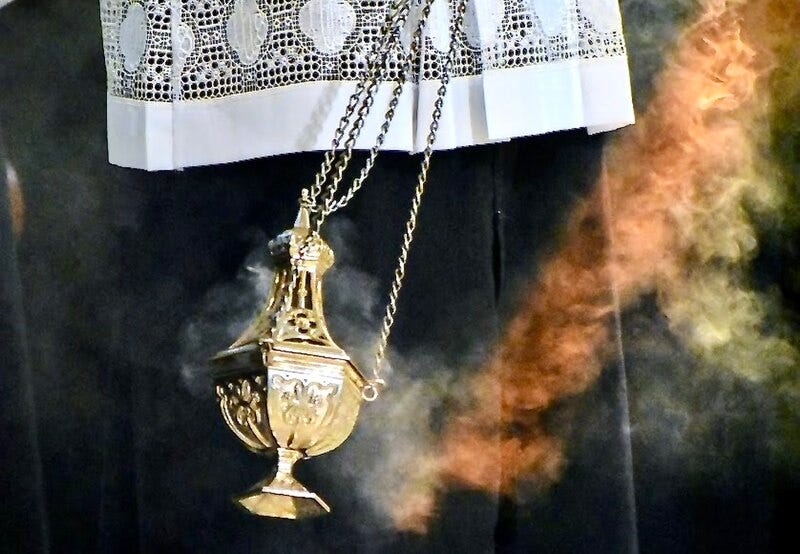This thought occurred to me suddenly the other day, and I can’t seem to shake it. Trying to make the liturgy of the Mass more beautiful is like putting on makeup. A little bit, carefully applied, brings out the natural beauty that is already there. But apply too much, and it starts to look like a clown show.
Of course, I’m no expert on wearing makeup. In…
Keep reading with a 7-day free trial
Subscribe to Contemplative Apologetics to keep reading this post and get 7 days of free access to the full post archives.

